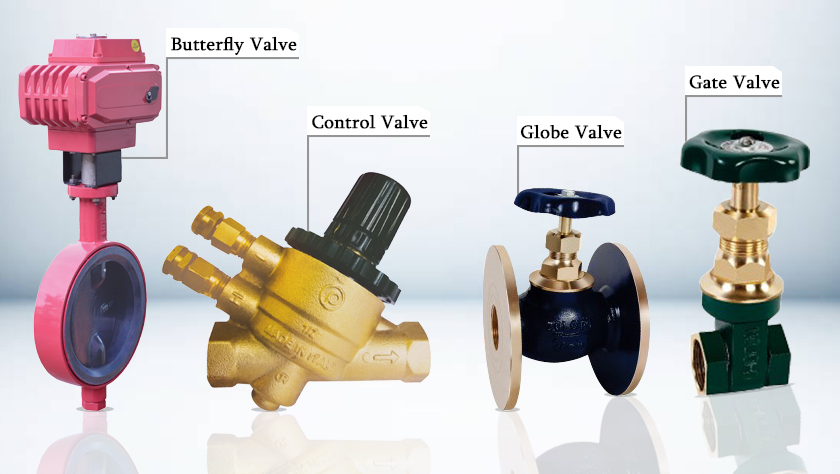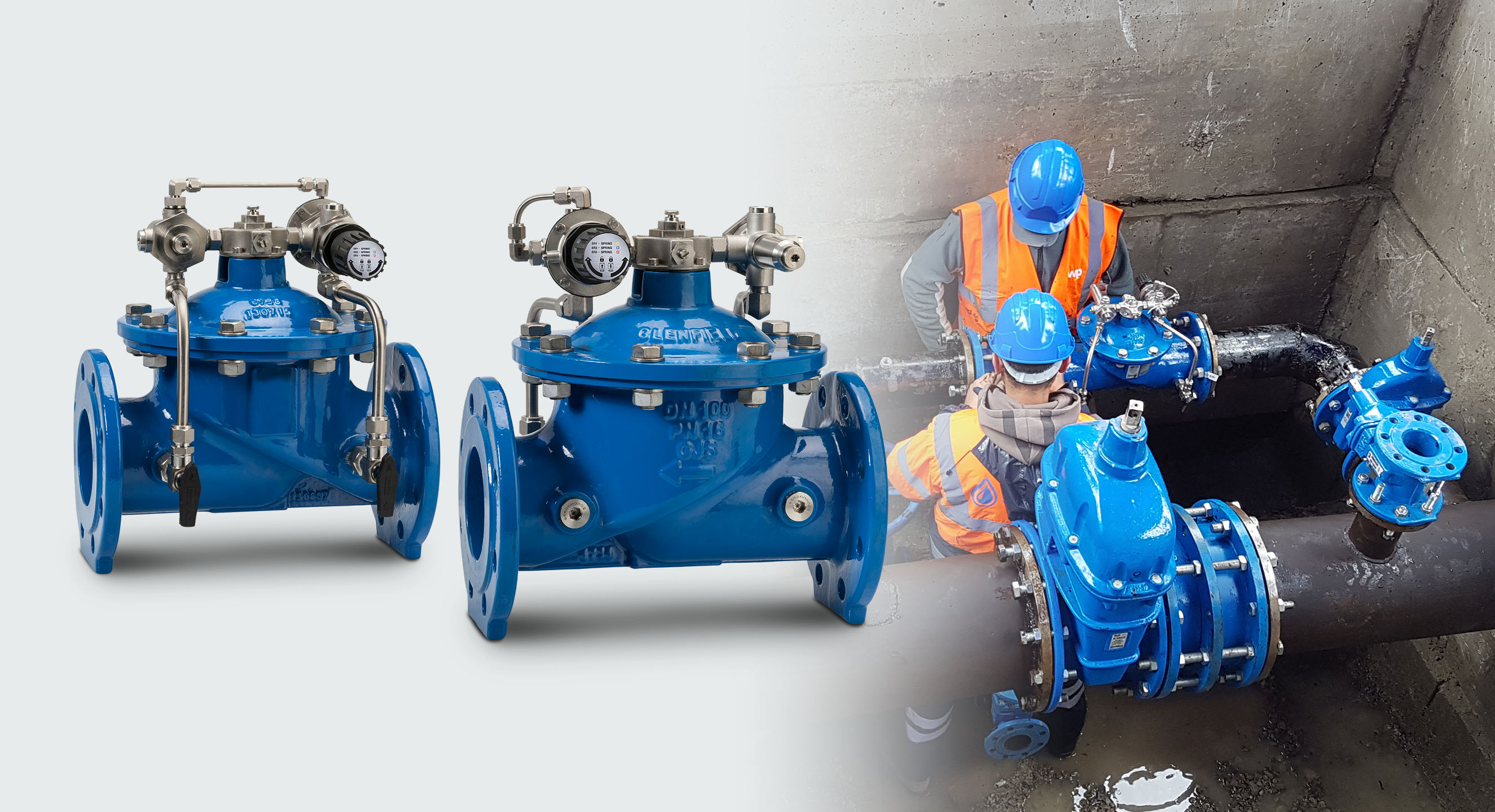Selecting the Right Control Valves: An Overview to Optimum System Performance
Selecting the Right Control Valves: An Overview to Optimum System Performance
Blog Article

Maximize Energy Cost Savings and Convenience With Advanced Structure Automation Controls
In the realm of modern-day style and facility monitoring, the combination of innovative building automation controls stands as a pivotal innovation. By utilizing the power of automation, buildings can adjust, respond, and advance in means that were when unbelievable.
Power Effectiveness Advantages
Energy performance advantages can substantially reduce energy usage and functional costs in structures. By executing energy-efficient practices and innovations, building owners and operators can attain considerable financial savings while also adding to ecological sustainability. Among the key benefits of enhancing power performance in buildings is the decrease of energy bills. Energy-efficient systems, such as sophisticated building automation controls, can maximize the usage of sources like illumination, home heating, and air conditioning, resulting in reduced power expenses with time.
Additionally, enhanced power performance can prolong the life-span of building equipment and systems. By operating extra efficiently, cooling and heating systems, lighting fixture, and other building parts experience less damage, resulting in decreased upkeep and substitute costs. Additionally, energy-efficient structures commonly command greater residential or commercial property values and rental rates, giving lasting monetary benefits to proprietors.
Moreover, energy performance can boost passenger convenience and efficiency. Properly managed interior environments with ideal illumination and thermal problems create an even more favorable and pleasant workspace, resulting in improved staff member fulfillment and efficiency. In general, the energy effectiveness benefits linked with innovative structure automation controls are complex, incorporating price savings, ecological stewardship, and owner well-being.
Improved Convenience Control
Enhancing convenience control in building settings needs an advanced integration of sophisticated automation systems for optimum passenger well-being. By making use of sophisticated structure automation controls, facilities can customize the indoor setting to satisfy the details requirements and choices of passengers. control valves.
By including these advanced controls, buildings can not just enhance convenience yet additionally improve energy effectiveness by maximizing system operations based on actual tenancy and use patterns. Ultimately, prioritizing passenger convenience through sophisticated automation systems leads to an extra pleasurable and much healthier interior atmosphere.
Functional Efficiency Improvements

Additionally, the application of real-time monitoring and analytics devices enables structure drivers to identify power inadequacies and functional anomalies without delay. By constantly monitoring power usage patterns and system performance metrics, adjustments can be made in real-time to optimize power consumption and make certain peak operational efficiency. control valves. Furthermore, incorporating demand feedback approaches into structure automation controls can even more boost operational efficiency by dynamically changing power usage based upon grid problems and rates signals
Indoor Climate Optimization
Reliable indoor environment optimization is a basic element of structure automation controls, ensuring residents' convenience and health while making the most of power financial savings. By using innovative sensors and controls, developing automation systems can constantly monitor and readjust temperature, moisture levels, air quality, and air flow to develop an ideal interior environment. Maintaining constant and comfy conditions not only improves passenger satisfaction however additionally boosts productivity and overall well-being.
Indoor environment optimization additionally plays an important function in energy effectiveness. By fine-tuning cooling, heating, and air flow systems based on real-time information and tenancy patterns, building automation controls can significantly reduce energy consumption - control valves. For circumstances, carrying out methods such as demand-controlled ventilation and thermal zoning can help minimize power waste while making certain that each location of the building receives the essential conditioning.

Lasting Atmosphere Creation
Structure automation regulates not only optimize interior climate problems for energy efficiency and occupant convenience yet also lay the structure for producing a sustainable environment with tactical administration of systems and sources. By integrating innovative structure automation innovations, such as sensing units, actuators, and intelligent software, centers can monitor and readjust power usage in real-time to lessen waste and reduce their carbon footprint. These systems make it possible for predictive maintenance, recognizing potential problems prior to they rise and optimizing devices efficiency to boost long life and efficiency.
Additionally, lasting setting creation extends beyond power monitoring to encompass water conservation, waste reduction, and indoor air top quality renovation. Building automation controls can regulate water usage, find leakages, and make certain proper waste disposal practices, adding to general sustainability initiatives. Additionally, by keeping More Bonuses an eye on and regulating ventilation and filtration systems, these technologies enhance occupant health and productivity while decreasing power intake related to cooling and heating procedures.
Verdict
In verdict, progressed building automation controls offer substantial advantages in terms of energy savings, convenience control, functional effectiveness, indoor environment optimization, and developing a websites sustainable environment. By carrying out these controls, structures can achieve optimal efficiency while minimizing energy consumption and boosting passenger comfort. It is evident that making use of sophisticated automation technology is essential in enhancing structure performance and creating an extra sustainable future.
Power effectiveness advantages can significantly minimize energy intake and operational costs in structures. Overall, the power efficiency advantages associated with innovative building automation controls are complex, including price savings, ecological stewardship, and resident health.
Additionally, integrating need feedback strategies into building automation controls can even more improve functional effectiveness by dynamically readjusting navigate to this website power use based on grid problems and rates signals.
Building automation controls not just maximize interior environment problems for power effectiveness and passenger convenience however additionally lay the structure for developing a lasting setting via critical monitoring of sources and systems.In final thought, advanced building automation controls deal significant benefits in terms of energy cost savings, comfort control, operational efficiency, interior environment optimization, and producing a sustainable setting.
Report this page